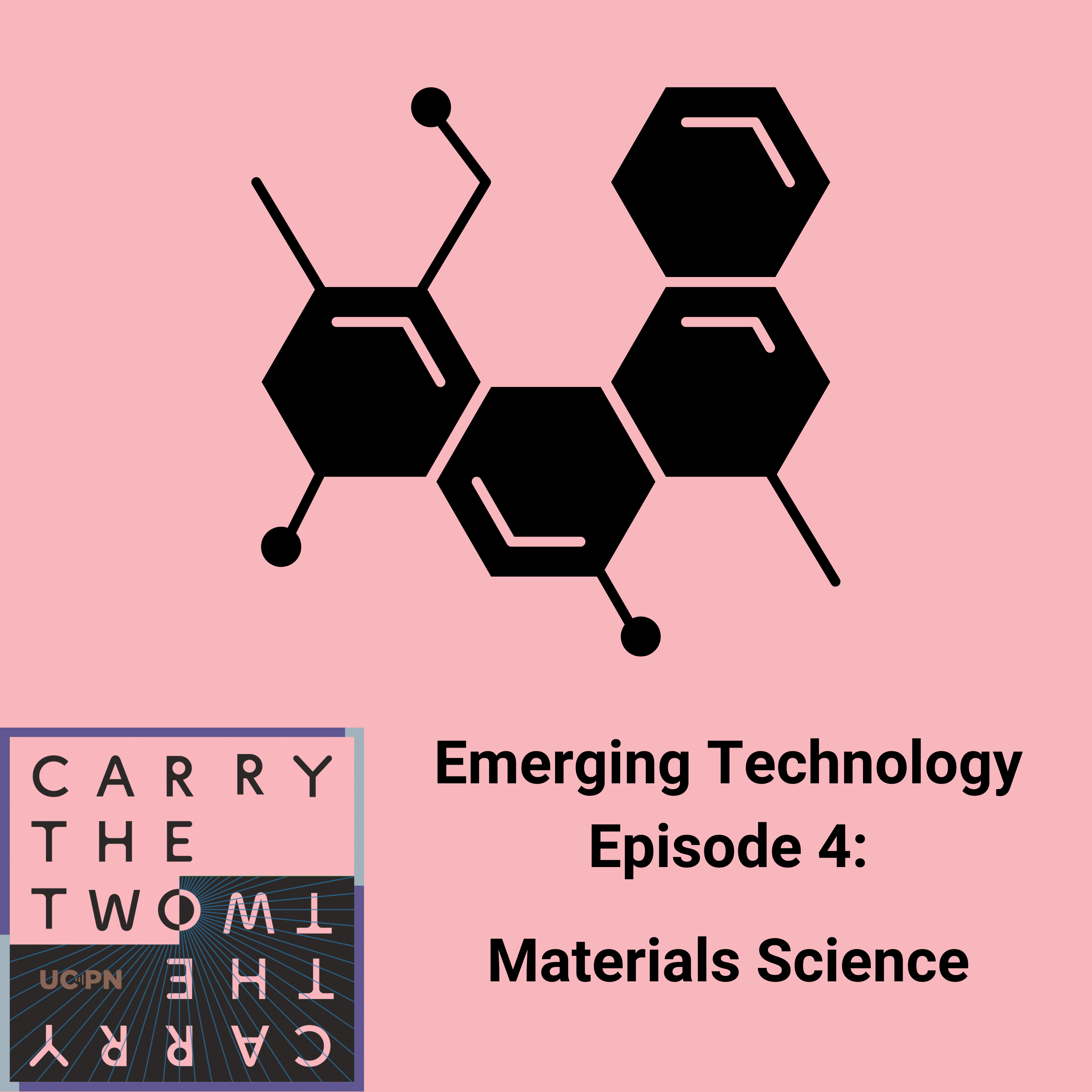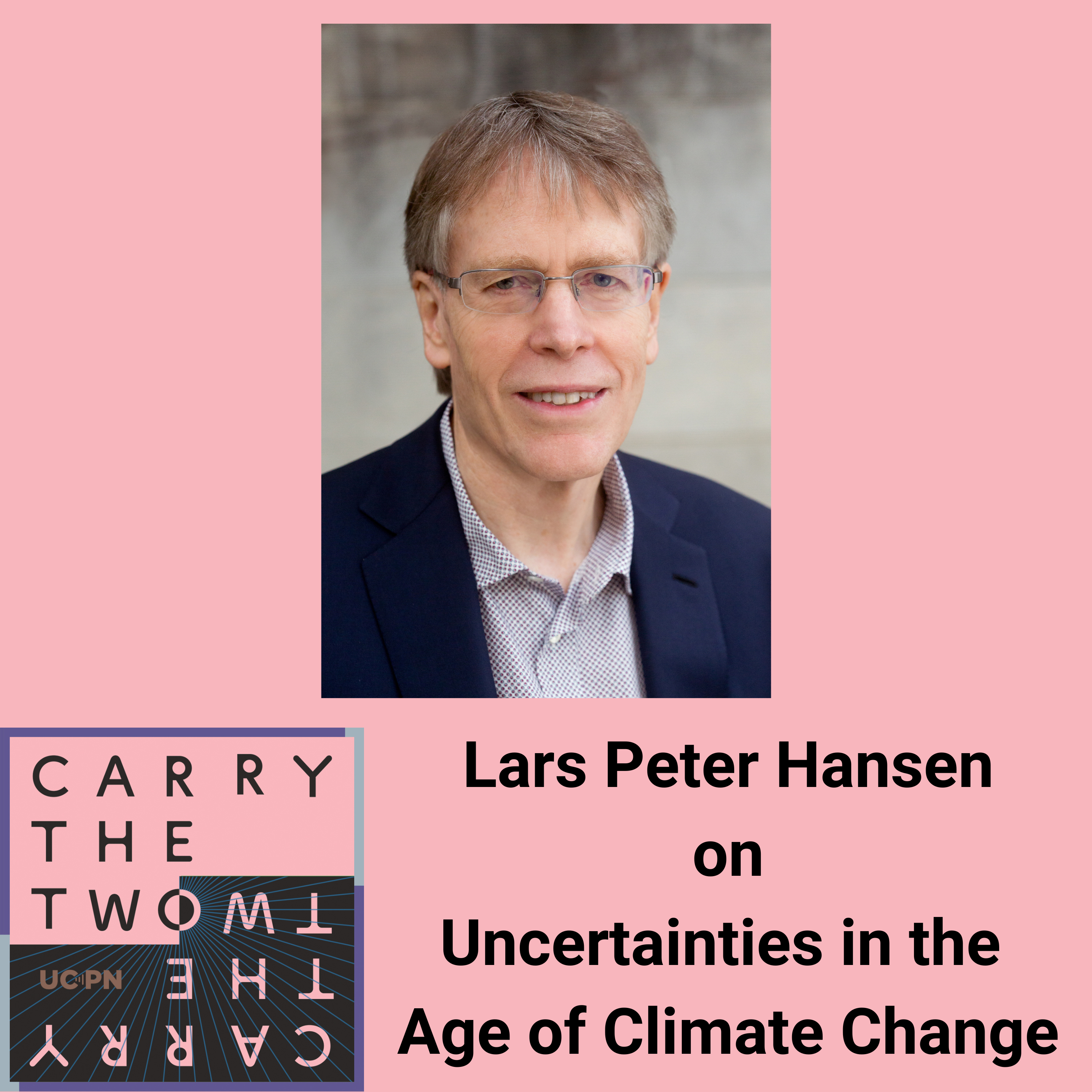Researchers become interested in their fields through all sorts of unique paths. Today’s guest, Angel Hsu of University of North Carolina Chapel Hill, came to climate research from a public policy background. She uses her work to help inform local communities how policy decisions affect different groups’ risk to extreme heat and the heat island effect. Specifically, she uses local and global data sets to track heat stress across city neighborhoods and show how those can differ based on neighborhood income.
Don’t forget to listen to Angel’s work through a geophysical lens, over at Third Pod from the Sun!
Check out the AGU’s Third Pod from the Sun with Angel: LINK
Find our transcript here: LINK
Curious to learn more? Check out these additional links:
Hear Angel’s talk for IMSI’s Confronting Global Climate Change: https://www.imsi.institute/videos/detecting-and-attributing-disparities-in-urban-heat/
Data Driver Lab website: http://datadrivenlab.org/urban/
Carry the Two’s previous episode on Angel’s work: https://www.imsi.institute/podcast/tiffany-christian-on-the-heat-island-effect/
Carry the Two’s previous episode on community science: https://www.imsi.institute/podcast/kathryn-leonard-and-axel-carlier-on-crowdsourcing-for-math-research/
Follow more of IMSI’s work: www.IMSI.institute, (twitter) @IMSI_institute, (mastodon) https://sciencemastodon.com/@IMSI, (instagram) IMSI.institute
Follow Angel Hsu: @ecoangelhsu, https://publicpolicy.unc.edu/person/hsu-angel/
This episode was audio engineered by Tyler Damme. Special thanks to Third Pod’s producer Jace Steiner.
Music by Blue Dot Sessions.
The Institute for Mathematical and Statistical Innovation (IMSI) is funded by NSF grant DMS-1929348.

We’re still celebrating Mathematical and Statistical Awareness Month here at Carry the Two. This time, we’re taking a look at how anyone can get...

Welcome to Carry the Two, the podcast about how math and statistics impact the world around us from the Institute for Mathematical and Statistical...

Welcome to Carry the Two, the podcast about how math and statistics impact the world around us from the Institute for Mathematical and Statistical...